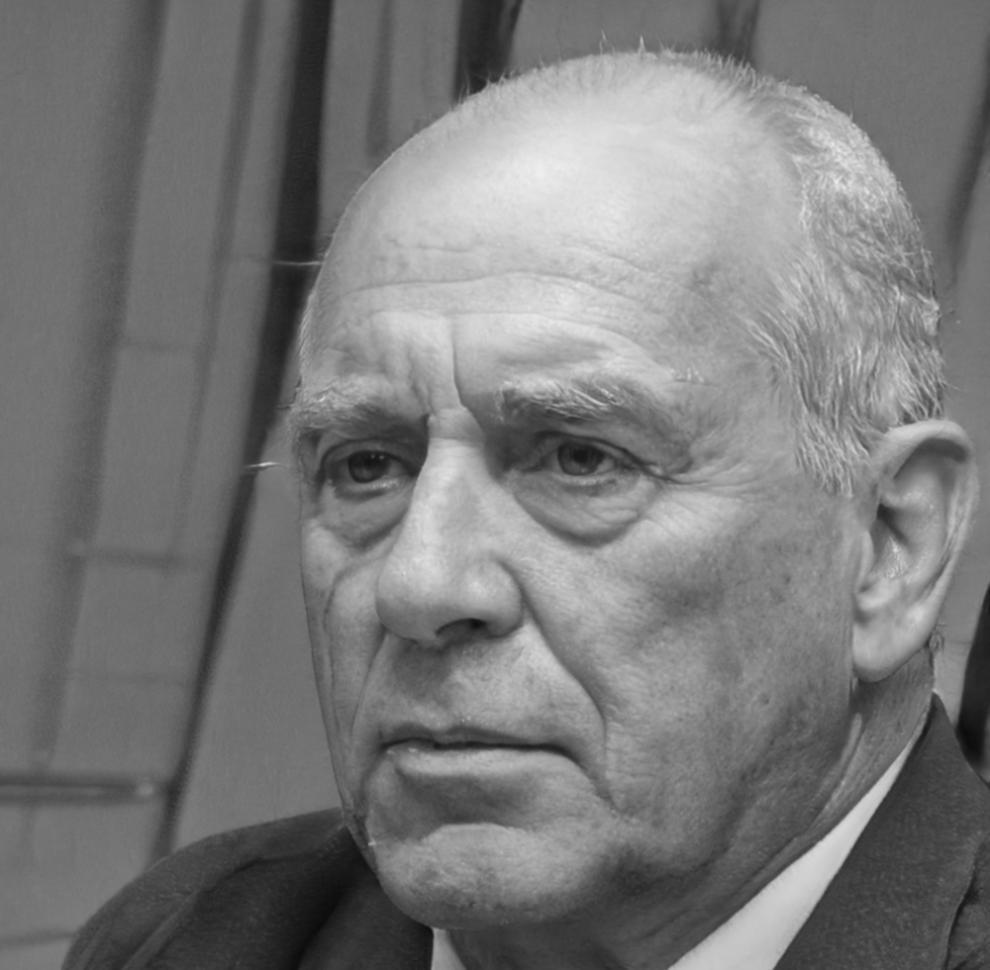Started Small, Grew Through Real Problems
sylenoriva began when Lachlan Pemberton and I were working with mid-sized manufacturing firms in Canberra. We kept seeing the same pattern. Companies would spend months creating these elaborate annual budgets, only to have market conditions shift dramatically within the first quarter.
One client in particular was stuck with an outdated marketing allocation while their competitors were responding to new opportunities. They couldn't pivot because their budget was locked in. That's when we started experimenting with rolling forecasts that updated quarterly.
The difference was immediate. Instead of asking "what did we plan last January," businesses started asking "what makes sense right now given current conditions."
We launched properly in early 2024, focusing exclusively on the Australian market. The response surprised us. Turns out a lot of finance teams were quietly frustrated with traditional approaches but didn't know there were better options.
By mid 2025, we were working with 40+ businesses across different sectors. Each one taught us something new about implementing rolling budgets in practice, not just theory.





